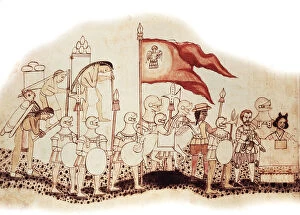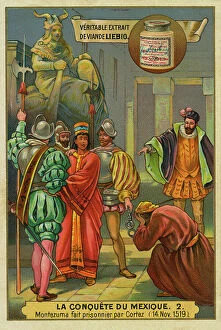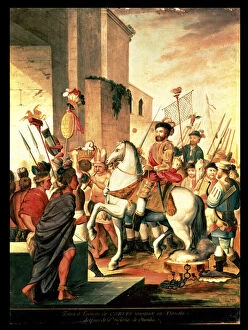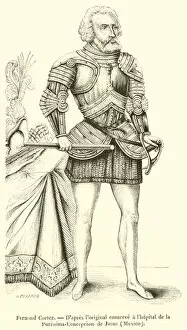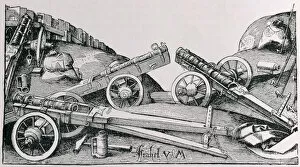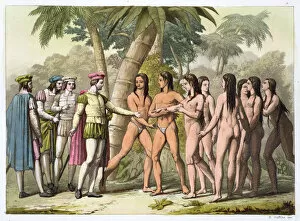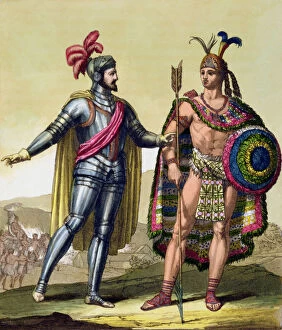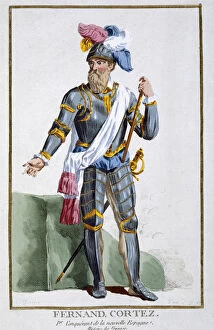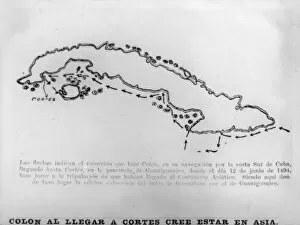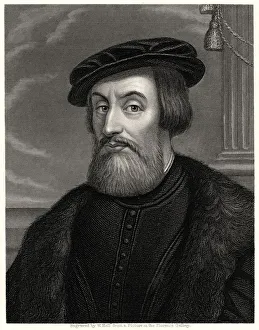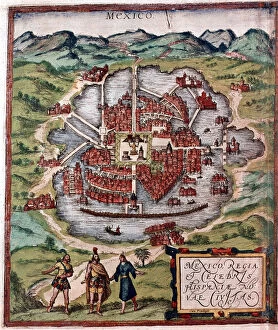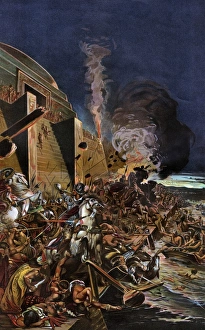Hernando Cortes Collection
Hernando Cortes, a renowned Spanish conquistador of the 16th century, is best known for his historic encounter with the Aztec Emperor Montezuma in 1519
All Professionally Made to Order for Quick Shipping
Hernando Cortes, a renowned Spanish conquistador of the 16th century, is best known for his historic encounter with the Aztec Emperor Montezuma in 1519. This meeting marked the beginning of The Conquest of Mexico, a battle between the indigenous Indians and the powerful Spanish forces. Depicted on oil canvas, this clash showcases the bravery and determination exhibited by both sides. One significant moment in Cortes' journey was captured in an exquisite painting titled "Entrance of the Triumphant Army of Cortes into Tlaxcala after the Victory of Otumba. " Created during the 19th century on a panel, it portrays Cortes' victorious return to Tlaxcala following their triumph at Otumba. The artwork beautifully captures this pivotal event that shaped history. Another representation can be found in "Le Romance du Cortes (The Song of Cortez), " an elegant furnishing fabric from Nantes dating back to 1815. This textile design pays homage to his exploits and serves as a reminder of his enduring legacy. Engravings also immortalize various aspects of Hernando's life and conquests. One engraving depicts Fernand Cortez himself while another illustrates his public entry into conquered territories. Additionally, there is an engraving showcasing La Maison dite de Fernand Cortez, a house named after him located in Mexico. To further understand this era, one can explore artifacts like cannons from "Cortes Time, " which are featured in The Narrative and Critical History of America. These weapons provide insight into warfare during that period. Lastly, an engraved portrait by Pierre Duflos commemorates Fernand Cortez's life from 1485-1547. It serves as a visual testament to his lasting impact on world history.



